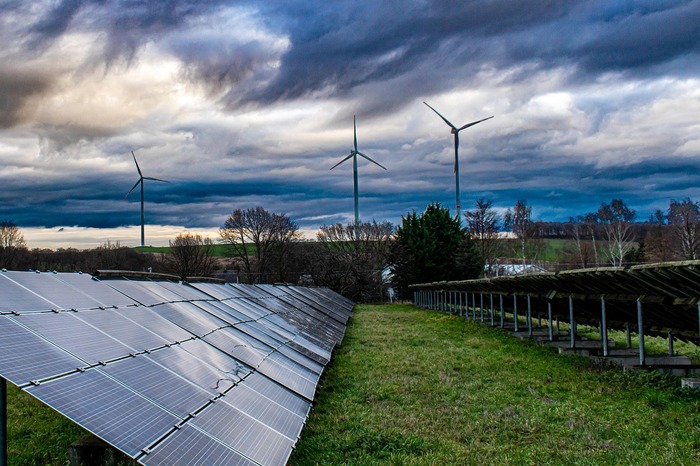Renewables can deliver electricity at comparable costs to fossil-fuel generated power
Power systems where wind and solar energy have higher percentages can reliably deliver electricity at costs comparable to or lower than today’s fossil fuel-based power systems in most parts of the world, according to a new report by the Energy Transitions Commission (ETC).
In monetary terms, tropical countries with high potential for solar power could see electricity costs more than halve to $30-$40/MWh by 2050.
ETC’s report titled ‘Power Systems Transformation: Delivering competitive, resilient electricity in high renewable systems’, says that electricity is projected to provide up to 70% of global final energy consumption in a decarbonised energy system, growing from around 20% today.
In other words, this means that total global electricity demand could potentially triple, reaching 90,000 TWh by 2050 compared to 30,000 TWh today. This growth will be met with new generation primarily from wind and solar.
In order for wind and solar to provide power reliably on a mass scale — 70% or more electricity of the total electricity mix — countries have to invest in technologies like batteries, energy storage, long-distance transmission, and flexible energy use.
Opportunity for the Global South
According to the report, countries situated in the tropics or ‘sunbelt’ countries — including India, Mexico, and much of Africa — can benefit greatly by transitioning to low-cost, solar-led systems. This would require day-night balancing to compensate for non-generation of electricity post sunset.
To complement the growth in renewables, many regions have to adopt long-distance transmission lines to balance electricity demand and supply. This could be one of the most cost-effective solutions, found the report.
For India, the report’s modelling suggests that 40% of all kWh’s (energy) generated will have to be time shifted from day to night, underlining how cost effective solar can be within the energy mix. Also, medium to ultra long duration of day-night balancing is not required.
This is important because power demand in India is expected to increase by around 520% in summer due to the expansion in EV charging and use of air conditioners. If the shift in the timing of power demand can be achieved, then this increase could be limited to 270%, according to the report.
“This report shows yet again that solar is generating the lowest cost electricity ever seen in the history of humankind. The combination of solar and battery storage means that entire economies – especially in the global sunbelt – can now plan for green growth and competitive power prices to drive their development powered by cheap solar rather than fossil fuels,” said Sonia Dunlop, CEO, Global Solar Council.
Higher cost for northern countries
The report found that ‘wind-belt’ countries, such as the UK, Germany and Canada, can rely more on wind compared to solar. However, they will face higher day-night balancing costs, found the report. To achieve affordable, stable systems, these countries have to rely on smart policy and innovation.
China, on the other hand, which is in between the wind and solar belts, costs are expected to be as low as in India, as the country has already established industrial capacity for renewables. Also, its established supply chains for equipment and installation, and the potential for interconnection within a continental scale country with multiple climatic zones gives it an advantage.
“Multiple technologies, including nuclear and geothermal, may play a role in zero-carbon power systems. But wind and solar will be the dominant source of power in most countries, providing 70% or more of electricity at costs at or below today’s fossil-based systems. In particular, in the global sunbelt, the collapsing cost of solar PV and batteries makes possible far cheaper and more rapid growth in green electricity supply than seemed feasible 10 years ago. But wind belt countries can also achieve cost-effective decarbonisation by leading in offshore wind, long-duration storage, and grid innovation,” said Adair Turner, Chair of the Energy Transitions Commission.
About The Author
You may also like
Renewables trump fossil fuels in efficiency, cost, environmental factors: Report
China’s Overseas Clean Tech Manufacturing Investments Surged 80% Since 2022: Report
India’s GST overhaul eases path for India’s green growth
Methane from Australian Coking Coal Mines May Increase Steel’s Short-Term Climate Impact: Report
Rapid energy storage expansion can save Indian consumers ₹60,000 crore annually in power costs: Study

